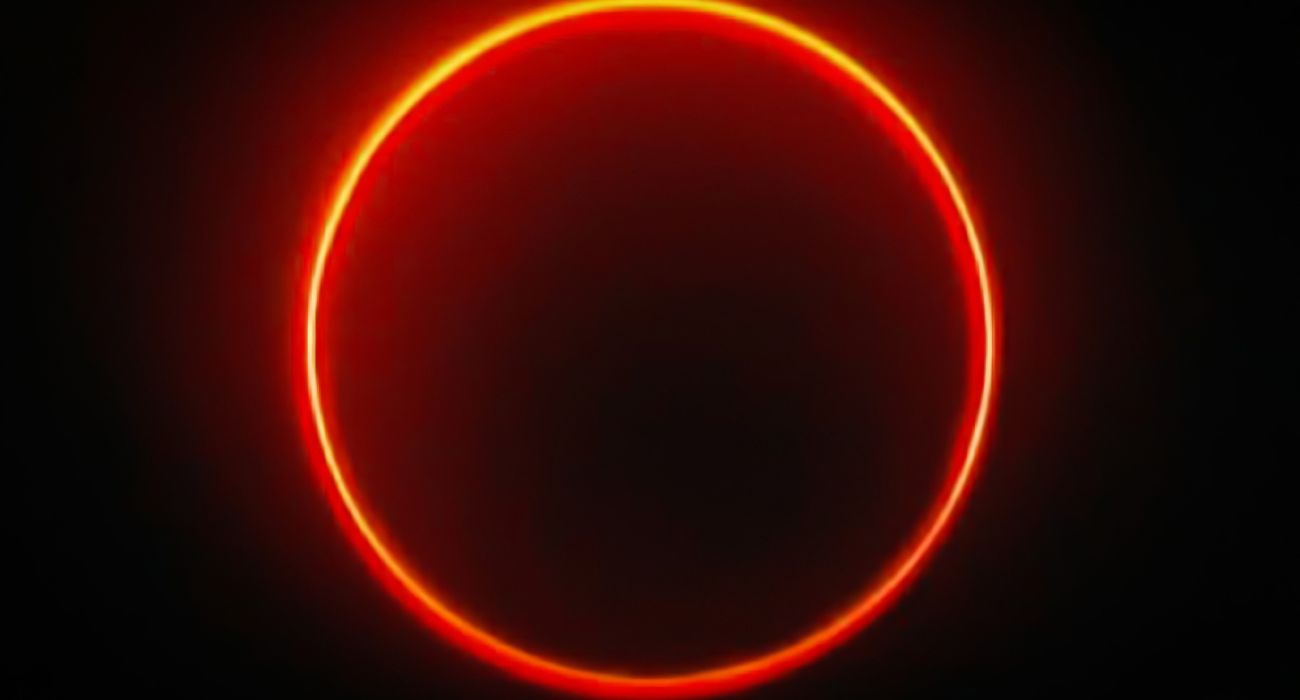Texans will soon have the opportunity to view a rare sight.
Experts are expecting an annular solar eclipse to pass over portions of North and South America. Viewing areas for the eclipse include the southern portion of Texas.
An annular solar eclipse, also known as a “ring of fire,” occurs when the Moon passes directly in front of the Sun. Depending on its distance from the Sun, the Moon will not be able to completely obscure it, leaving what appears to be a ring in the sky, according to NASA.
This type of eclipse is not rare on a global scale, with instances documented once every one or two years, according to American Paper Optics. However, it is exceptionally rare in Texas.
The Witte Museum in San Antonio notes that only four annular eclipses and two total eclipses have passed over Texas skies since 1851.
NASA announced that one such annular eclipse will pass through the portions of American skies next month on October 14. The eclipse will be visible in Oregon, Nevada, Utah, New Mexico, and Texas. It will also be visible in some parts of California, Idaho, Colorado, and Arizona.
In addition, a partial eclipse will be visible across the nation, including Alaska.
The path of this annular eclipse will pass over Texas cities such as Odessa, Midland, San Antonio, and Corpus Christi. The eclipse will coincidently pass over the same areas as a total solar eclipse that will appear in Texas skies next year in April.
The space agency said that for viewers in San Antonio, the partial eclipse will begin at 10:23 a.m., with annularity — the maximum phase during which the Moon’s entire disk is seen silhouetted against the Sun — being reached at about 11:52 a.m. Annularity will last for only four minutes, lasting until 11:56 a.m.
The annular eclipse will end in Texas by 12:03 p.m.
“The path of the annular solar eclipse next visits Mexico and Central America, passing over Guatemala, Belize, Honduras, Nicaragua, and Panama,” said NASA on its website.
NASA advises that citizens hoping to view the eclipse do so safely and use glasses or viewing devices equipped with solar filters or indirect means to view the eclipse.
The next annular eclipse to pass over the United States will occur on June 21, 2039, when only Alaska will be in viewing range.






